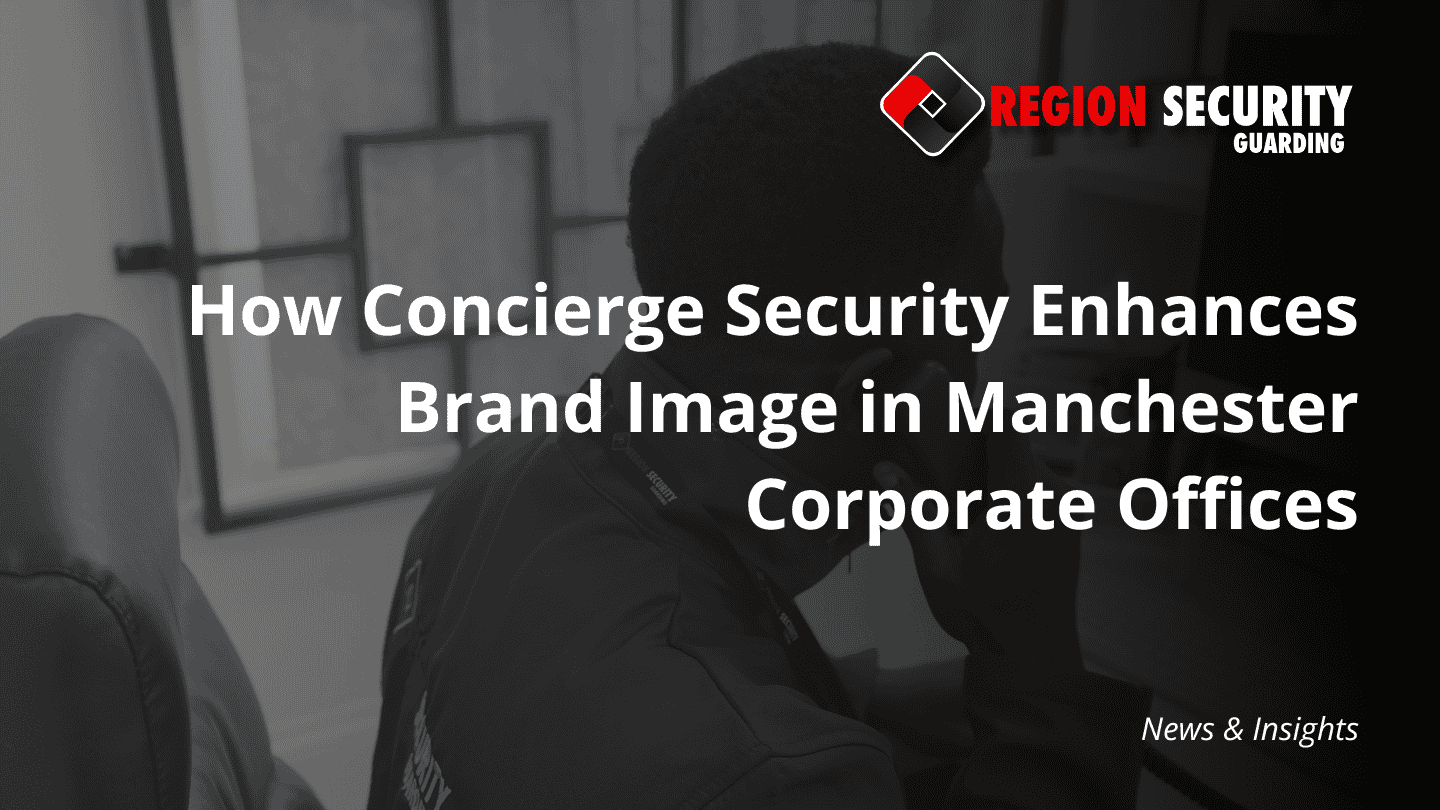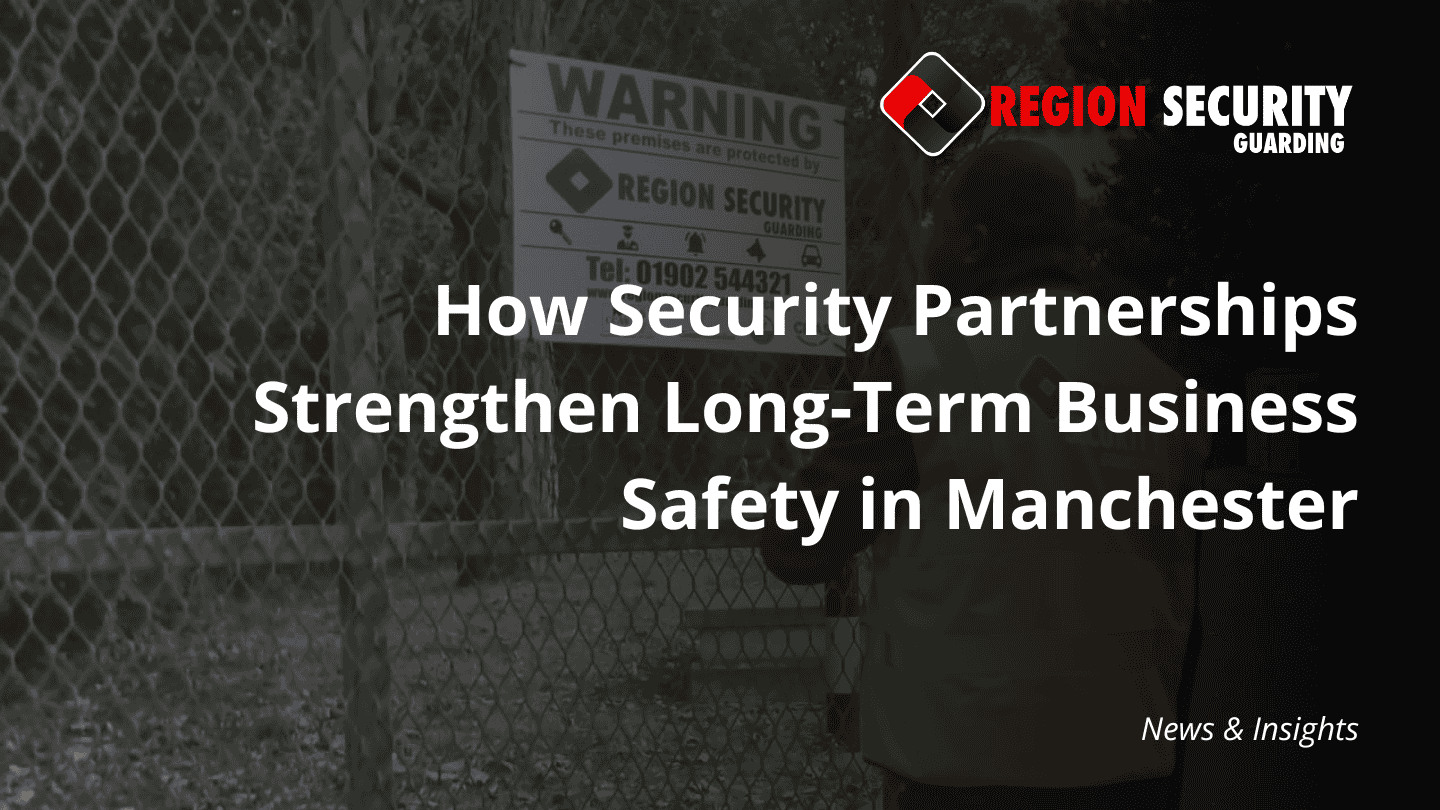Retail theft remains a significant challenge for stores of all sizes across the UK. From small independent retailers to large national chains, the cost of shoplifting continues to rise. This puts increasing pressure on profit margins and raises safety concerns for both staff and customers.
In this guide, we’ll break down the most effective retail theft prevention strategies that can help you deter shoplifters and protect your business. Whether you’re looking to overhaul your retail security or simply tighten up current processes, these practical steps are a great place to start.
Table of Contents
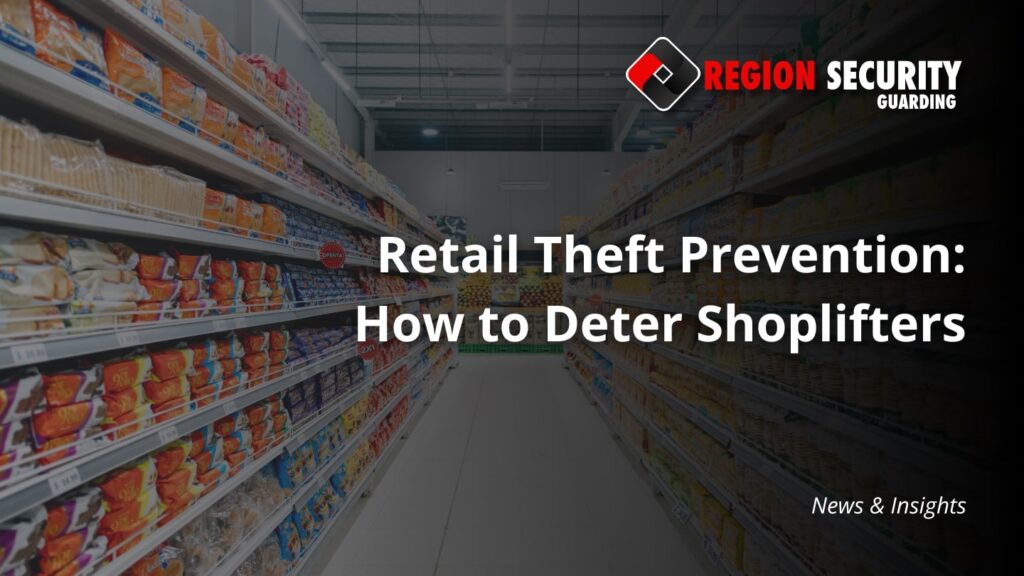
Why Is Retail Theft Prevention So Important?
Retail theft doesn’t just impact your sales. It affects the entire operation of your shop.
According to the British Retail Consortium, the UK retail sector loses over £1 billion a year due to theft and retail crime. This is just one of many shocking statistics on retail theft. While some of this comes from large, coordinated thefts, a good portion results from repeat low-level shoplifting that often goes unnoticed.
Beyond financial losses, retail theft can:
- Increase insurance premiums
- Disrupt staff morale
- Create unsafe environments
- Damage your reputation
This highlights why a strong retail theft prevention strategy and loss prevention plan is a crucial part of any retail business.
Practical Ways to Prevent Shoplifting
With the right retail theft prevention strategies, you can reduce theft and protect your store. From staff training to anti-theft solutions, we’ll cover simple yet effective ways to keep your store safe and secure:
Use Trained Security Guards
You might not need guards on duty all day. However, having trained security for retail stores at entrances or in busy departments can still have a big impact, especially during peak shopping hours.
Security personnel are trained to spot suspicious behaviour, respond calmly to incidents, and support retail staff when needed. Their presence alone is often enough to make potential thieves think twice. Guards must also work within legal boundaries at all times.
Even in smaller shops, a part-time or mobile guard can help cover key times or respond to high-risk situations.
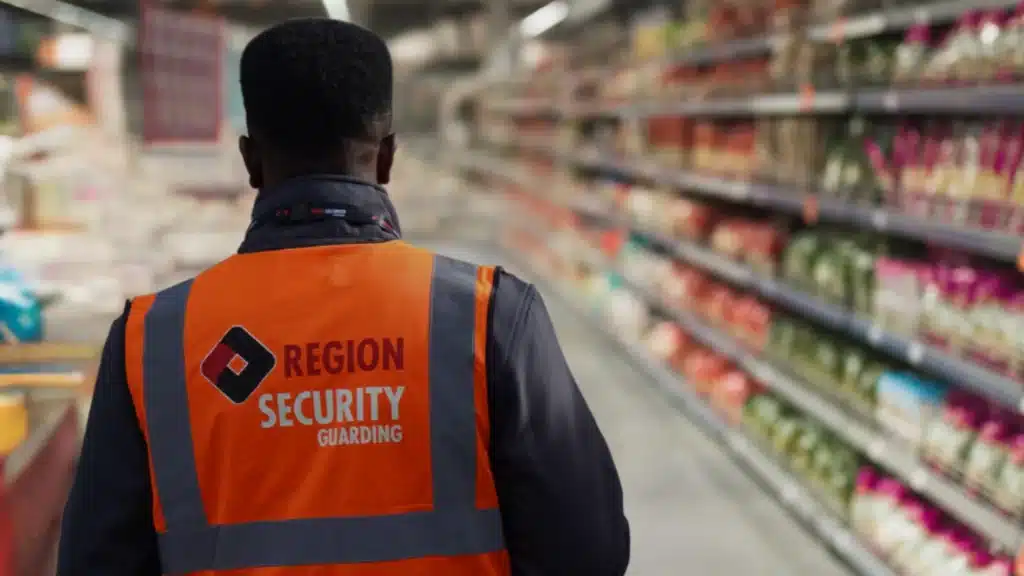
Invest in a CCTV System
CCTV cameras play a vital role in preventing retail theft. They act as both a barrier and a vital monitoring tool. For customers, seeing cameras around the store makes them aware they’re being watched. For shop owners, the footage can help resolve incidents, provide evidence, and identify patterns. It can be a key part of retail crime reduction:
When installing CCTV:
- Place cameras at entrances, exits, and blind spots
- Ensure cameras cover high-value areas (e.g. electronics, cosmetics)
- Use signs to inform customers of surveillance
- Regularly maintain equipment to ensure footage quality
Many retailers also team up with security guards to monitor live CCTV footage. This allows for quick action, helping to prevent theft or other incidents before they escalate.
Employ Store Detectives
Store detectives play an important role in reducing theft in retail environments. These trained professionals observe store activity discreetly, blending in with customers while monitoring high-risk areas.
Key benefits include:
- Discreet monitoring: Detectives are skilled at spotting suspicious behavior without drawing attention. This makes them a valuable part of any retail theft prevention plan.
- Early detection: They can identify signs of potential theft, allowing for quick intervention before the situation escalates.
- Discourages theft: Their presence alone can discourage shoplifters, as thieves are less likely to steal when they know trained professionals are watching.
By employing store detectives, retailers can add an extra layer of security. It can boost both theft prevention and the overall safety of the store.
Implement EAS (Electronic Article Surveillance) Tags
EAS tags are widely used in shops to help prevent theft. These small devices are attached to items and trigger an alarm if someone tries to leave without removing or deactivating them at the till.
You can use:
- Hard tags for clothing or electronics
- Sticker tags for boxed goods or cosmetics
EAS works best when supported by trained personnel and other shop theft deterrents. If a tag triggers an alarm, your security team or staff must know how to respond calmly and professionally. This ensures legitimate customers aren’t embarrassed, and that incidents are dealt with discreetly.
Some shops station a security officer near the entrance to manage these alarms and assist in de-escalating any incidents.

Train Your Retail Staff
Your staff are on the front line when it comes to preventing theft. Ensuring they’re properly trained is one of our key retail security tips for safe shopping environments.
Effective training should include:
- How to identify suspicious behaviour
- What to do if they suspect theft
- How to safely and professionally approach customers
- When to alert a manager or security guard
For example, customers who loiter in certain sections, avoid eye contact, or carry empty bags may raise red flags. But staff should always be trained to respond professionally. They should never confront anyone directly unless they’re supported by trained security staff.
Security officers working closely with shop floor employees can also help prevent retail theft. Guards can offer advice and support on how to handle difficult situations and keeping lines of communication open.
Display Clear Anti-Theft Signage
Sometimes, the simplest strategies are the most effective.
Posting clear signage around your store can remind customers that shoplifting is a crime and they’re under surveillance. These kinds of phrases can all have a powerful psychological effect:
- “CCTV in operation”
- “Shoplifters will be prosecuted”
- “Security staff present on site”
When combined with security personnel and a trained team, this signage helps set the tone. It creates an atmosphere where stealing isn’t worth the risk.
Improve Store Layout and Visibility
Did you know that poor store design can actually make theft easier?
Shoplifters often take advantage of low visibility areas, congested layouts, and disorganised displays to conceal stolen items. This makes it harder for your retail theft prevention strategy to be effective.
To improve visibility and reduce hiding spots:
- Keep aisles clear and tidy
- Use mirrors in corners to eliminate blind spots
- Position high-value items in view of staff or near checkouts
- Lower shelf heights where possible
Security guards can also patrol areas that are harder to see, like fitting rooms or back aisles. This extra coverage helps reduce opportunities for theft.
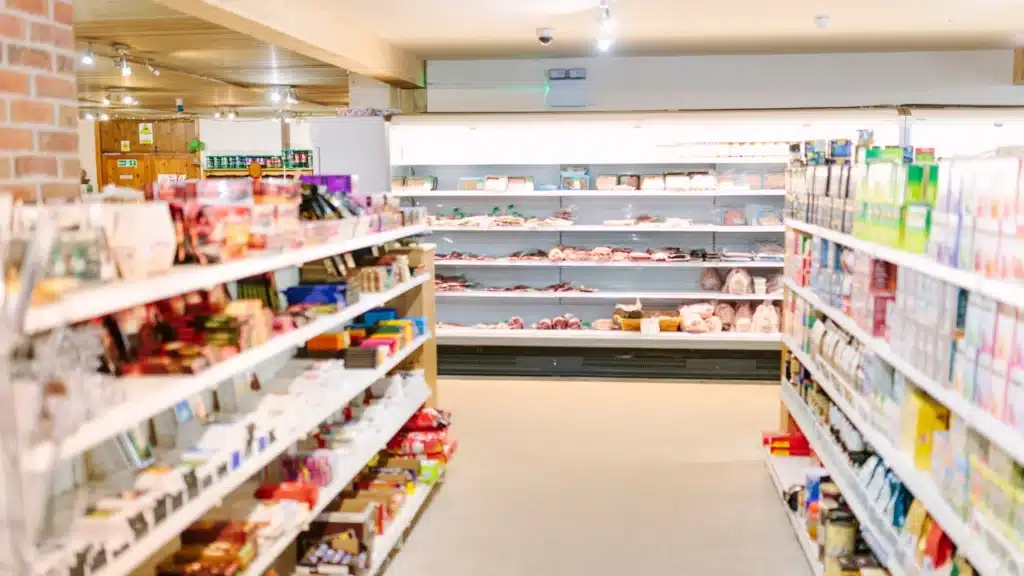
Control Access to High-Risk Areas
Fitting rooms and stockrooms can be prime targets for shoplifters.
To reduce the risk:
- Limit the number of items taken into fitting rooms
- Use fitting room attendants to monitor activity
- Install CCTV near fitting room entrances
- Secure stockroom doors with access control
Security professionals often assist in monitoring access to these areas and checking for unusual patterns. These might include customers repeatedly trying on the same items or lingering too long.
By placing some security in these spaces, the risk of theft can be significantly reduced.
Keep Inventory Under Control
Regular stock takes help you track what’s being lost and when. If you notice particular items going missing frequently, it may point to a theft pattern.
Using inventory management software can be another key way to reduce the risk of shoplifting. It can help to:
- Flag frequent product shortages
- Monitor stock levels in real time
- Identify high-risk items
This data can then be shared with your team and any security personnel, so everyone knows which products to keep an eye on.
Some retailers bring in security officers specifically during large stock takes or inventory audits. Their presence helps stop internal theft and unauthorised access when things get busy.
Combining Technology, Staff, and Security Professionals
There’s no single fix for shoplifting. You could explore a layered approach retail theft prevention, one that combines technology, well-trained staff, and licensed security guards.
CCTV and EAS systems help with monitoring and deterring theft. However, having real people on the ground, whether staff or uniformed guards, adds something technology can’t. They bring human insight and responsiveness that make a real difference.
Even small shops can benefit from periodic or part-time security coverage, especially during seasonal sales, high-traffic hours, or known periods of increased theft risk.
Supporting Your Shop with Retail Security Services
At Region Security Guarding, we work with shops across the UK to develop tailored retail security solutions. Whether you need a full-time in-store officer, a mobile security presence, or temporary support during peak seasons, our fully trained and SIA-licensed guards can help.
We understand that retail environments are fast-paced and customer-facing. That’s why our guards aren’t just trained in security. They’re also trained to deliver a professional and approachable service. This ensures they support your team and contribute to a positive atmosphere in your store.
Business Security You Can Rely On
Trusted by leading businesses nationwide for reliable, 24/7 protection.
or call 0330 912 2033

We have used Region security for quite a while now. Top notch service, great guards and helpful staff. We love our guards and the team for all of their help / work.
No need to try the other companies at all.”
Andy Yeomans – Jones Skips Ltd
Great company, professional services, friendly guards and helpful at times when required.”
Rob Pell – Site Manager
A professional and reliable service. Always easy to contact and has never let us down with cover. No hesitation in recommending and competitively priced also.
After using an unreliable costly company for several years it is a pleasure to do business with Region Security”
Jane Meier – Manager
Region Security were very helpful in providing security for our building. We had overnight security for around 4 months. The guards themselves were professional, easy to reach and adapted very well to our specific needs. Would definitely recommend Region for security needs.
Lambert Smith Hampton
Great service. Reliable and professional and our lovely security guard Hussein was so helpful, friendly but assertive with patients when needed. He quickly became a part of our team and we would love to keep him! Will definitely use this company again
East Trees Health Centre
Fantastic Service from start to finish with helpful, polite accommodating staff, we have used Region Security a few times now and always been happy with what they provide.
Leah Ramsden – Manager
Looking Ahead: Strengthening Your Store’s Defenses
Although shoplifting remains a significant issue, it can be managed and minimised with the right mix of training, store design, surveillance, and professional support.
By investing in practical retail theft prevention strategies, you’re not just protecting your stock. You’re creating a safer, more confident workplace for your team and a better experience for your customers.
The retail sector has demonstrated its commitment to tackling this issue, with £265 million invested in crime prevention over the past year, according to the Association of Convenience Stores’ Crime Report 2025.
With support from trained professionals and a proactive plan in place, your store will be better equipped to tackle theft before it becomes a problem.


